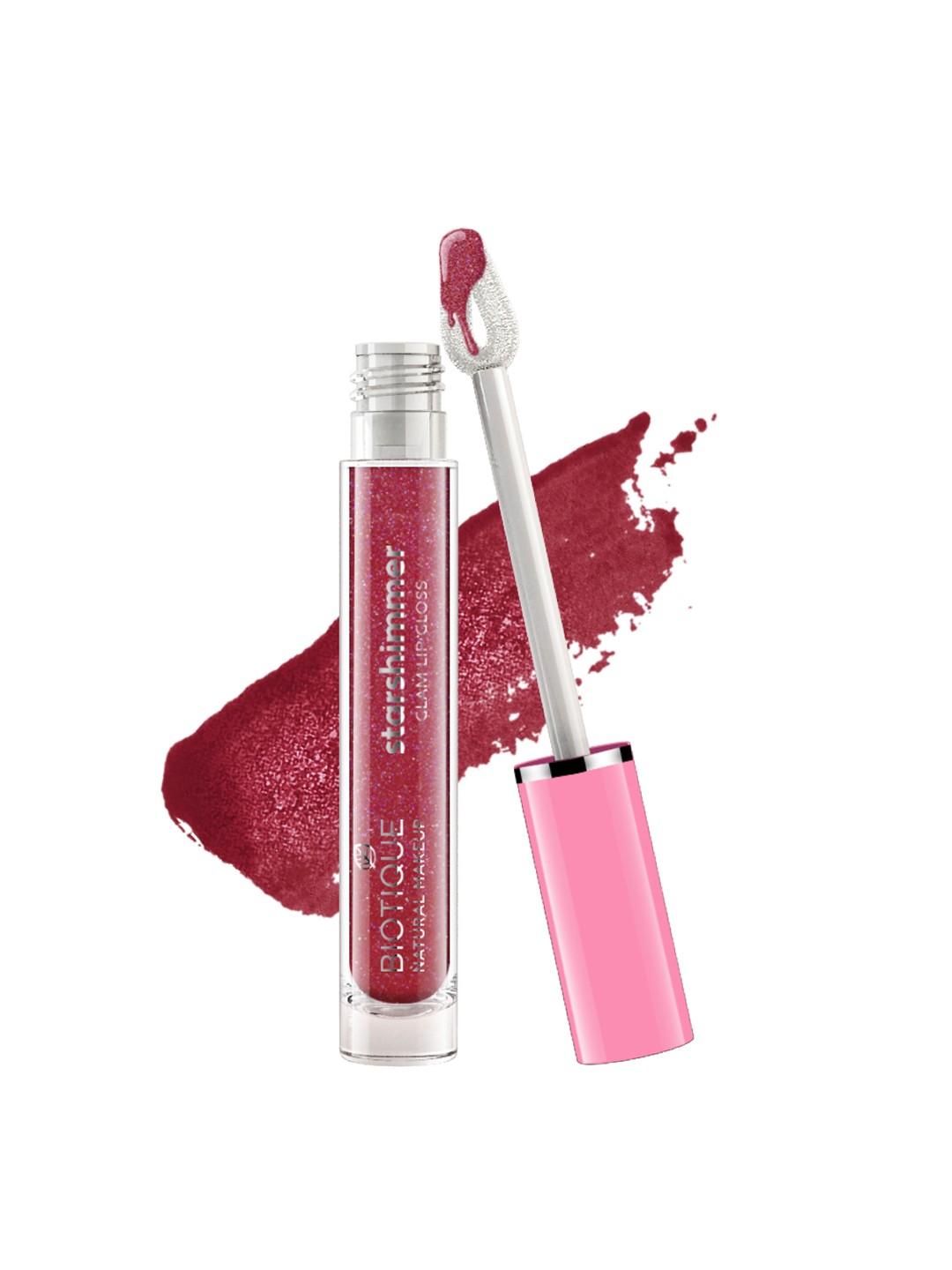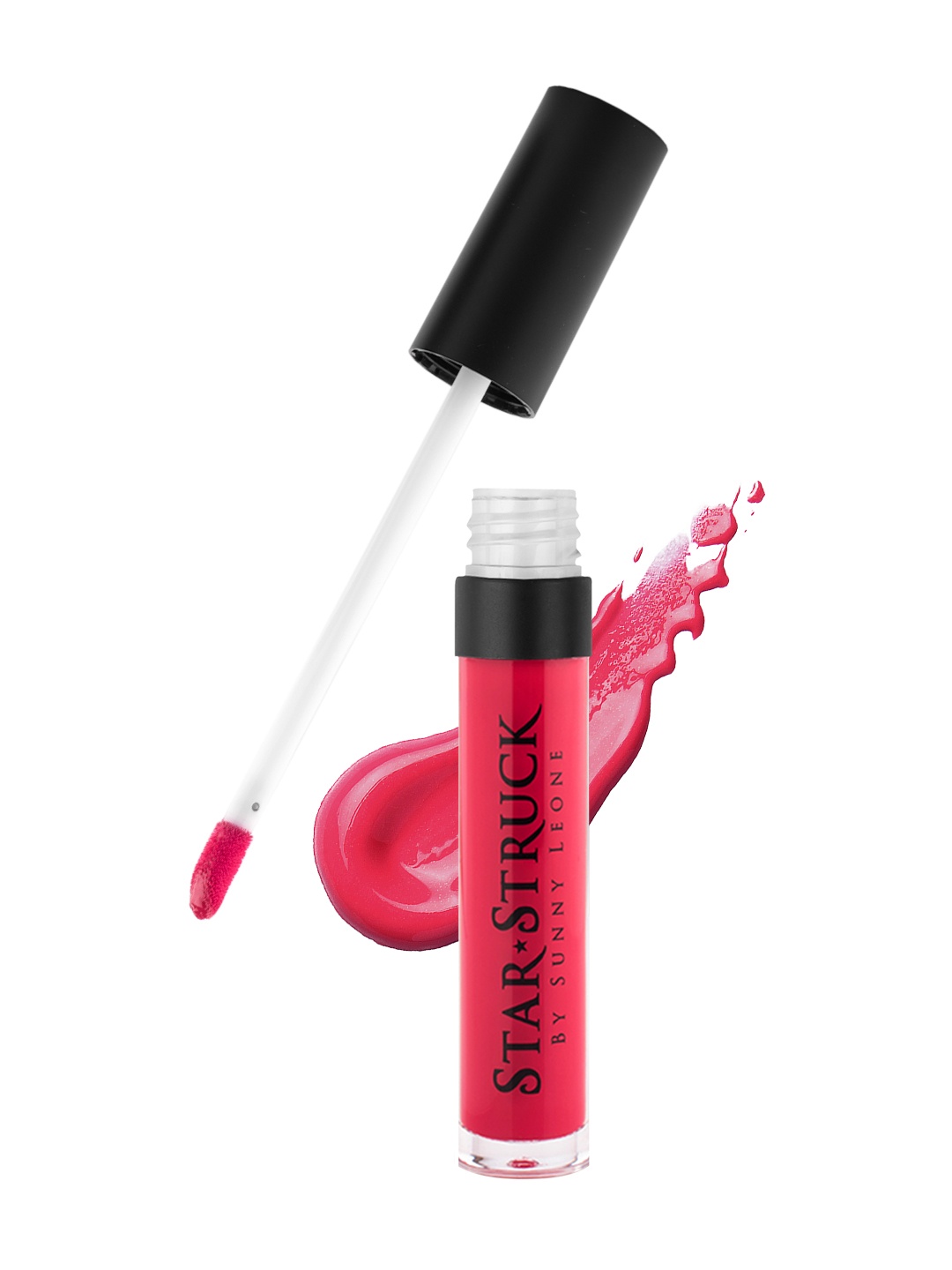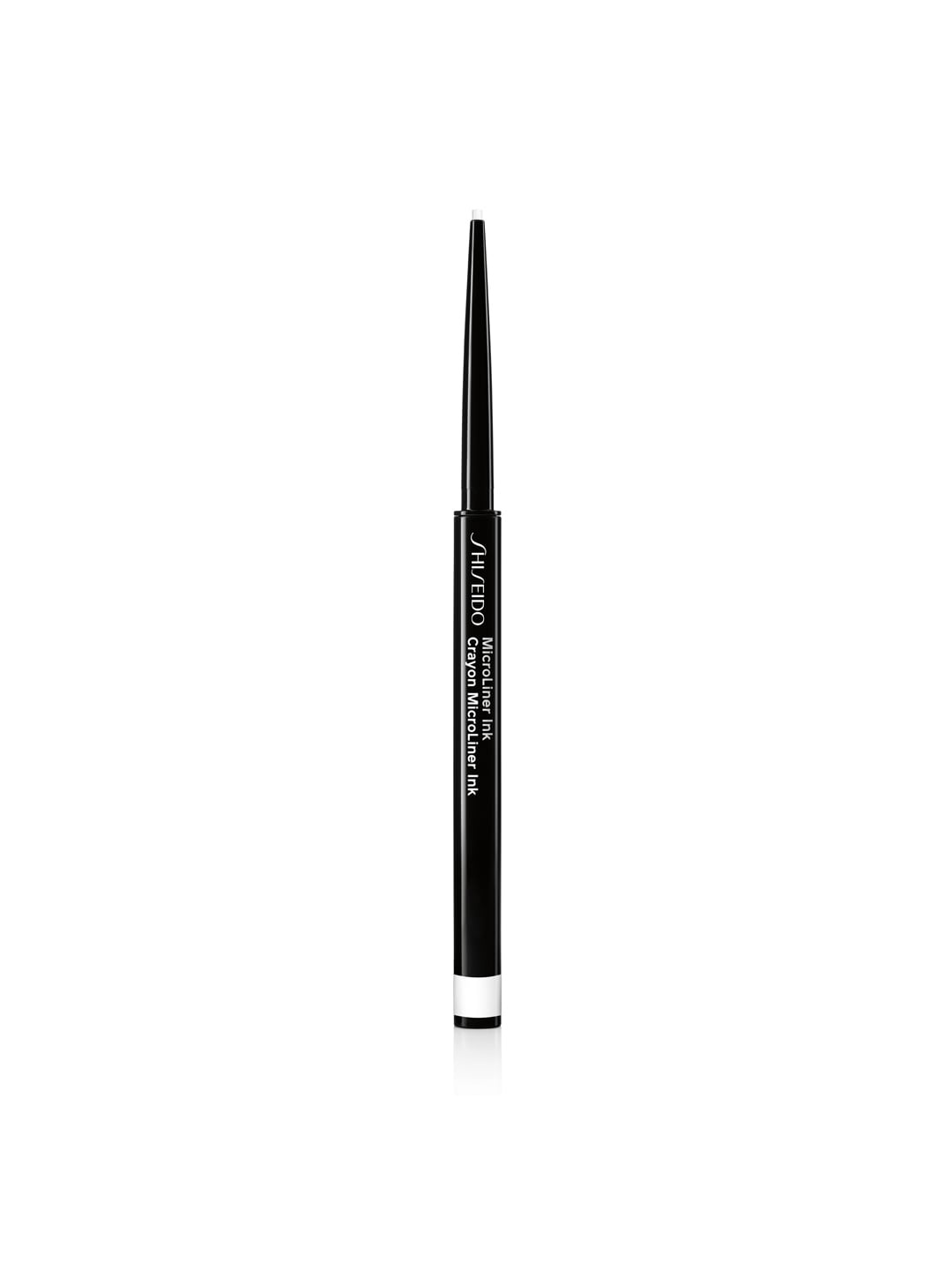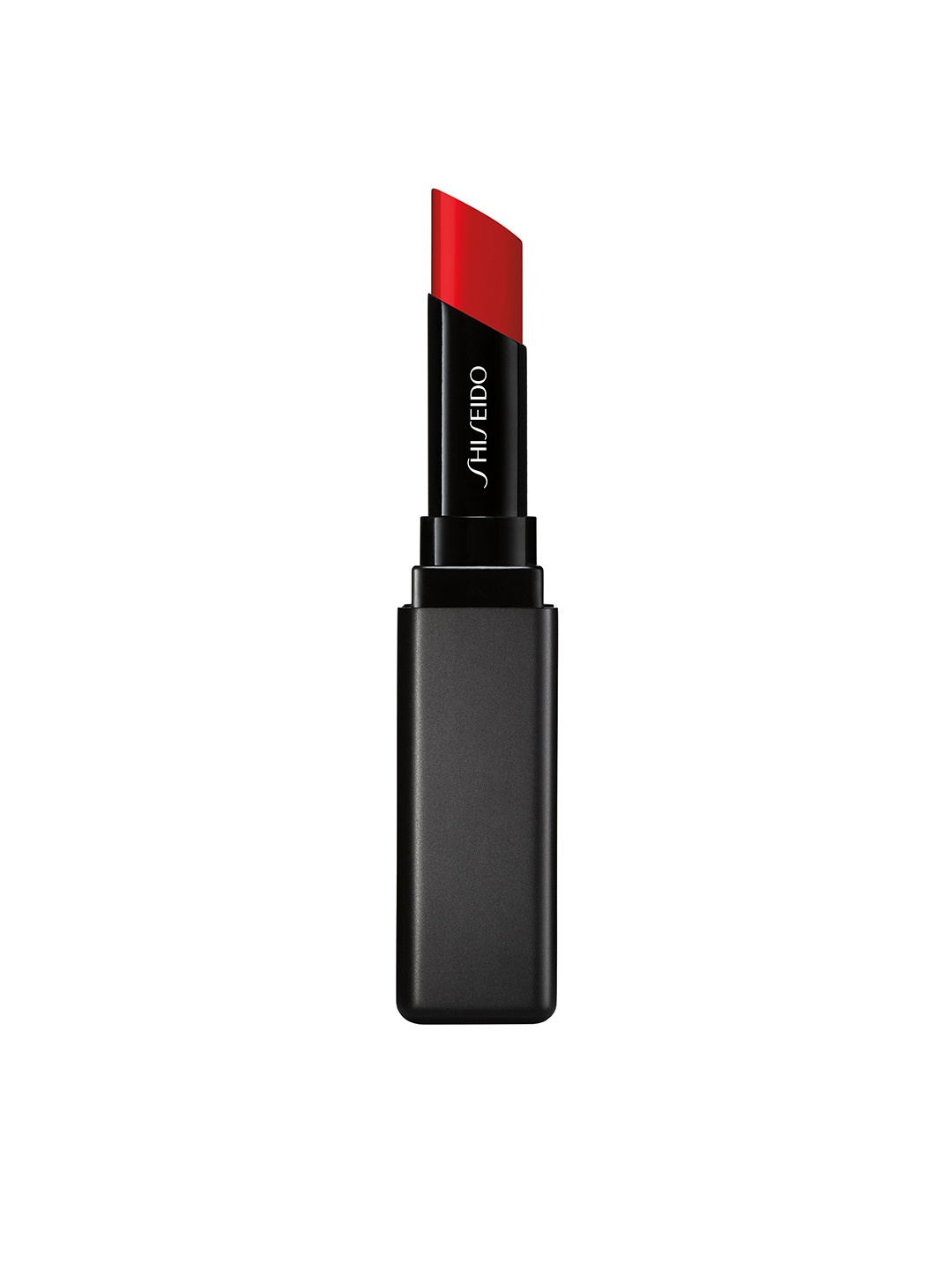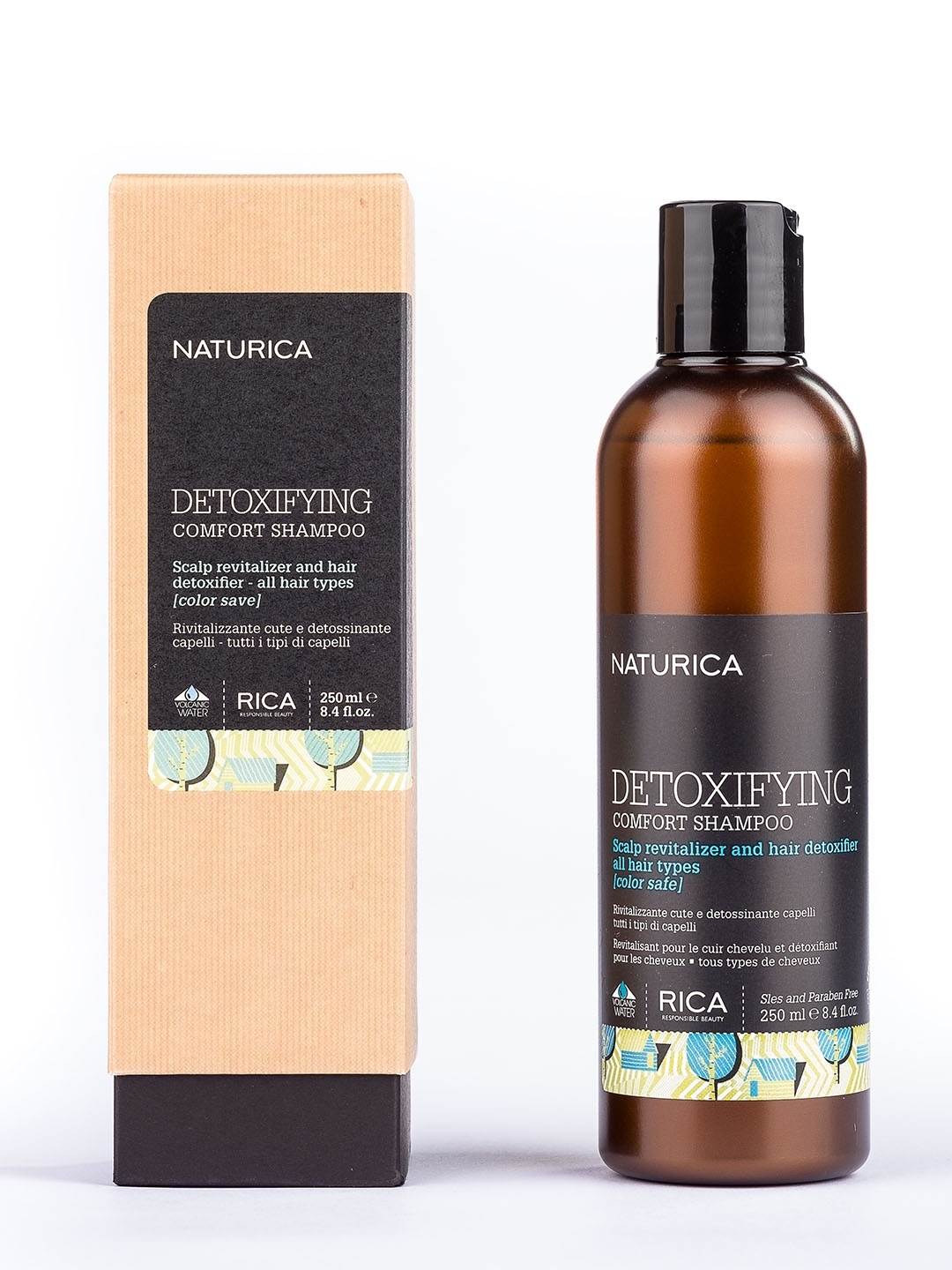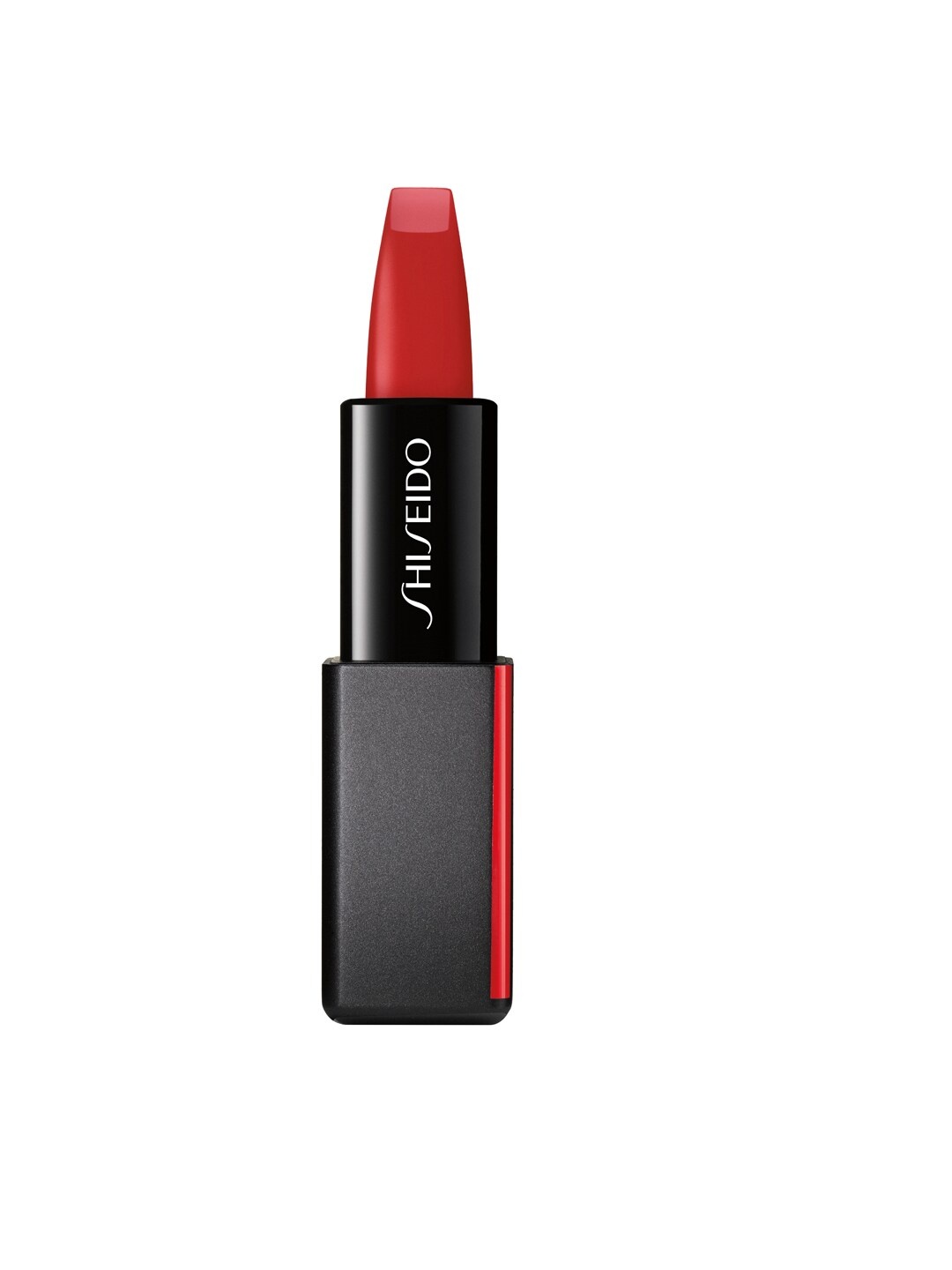Why Do Kajal, Mehendi And Sindoor Still Remain Essential In Indian Beauty Rituals
Explore kajal, mehendi, attars, sindoor, bindi, hair oils, and Ayurveda skincare that shaped beauty rituals in India and continue to inspire daily care.

From Ayurveda Skincare To Kajal: Beauty Rituals That Started in India
Have you ever wondered how beauty rituals became a part of everyday life? From skincare routines shaped by Ayurveda to the use of kajal, bindi, mehendi, attars, sindoor, and hair oils, every tradition carries meaning and practices that extend the tradition beyond its appearance. These rituals began centuries ago and continue to hold significance today. With modern upgrades, they are now easier to include in daily care routines. Choosing to upgrade these essentials allows one to enjoy both tradition and convenience.

What Makes Kajal, Sindoor And Mehendi Still Part Of Daily Beauty Routines In India; Photo Credit: Pexels
Beauty in India has always been more than just appearance. Kajal defines the eyes, sindoor carries meaning in culture, mehendi adds design, while Ayurveda skincare forms the base of healthy care. Attars are natural fragrances, hair oils support strength, and bindi remains an identity marker. Together, they form a complete circle of traditions still alive today
Also Read: Shata Dhauta Ghrita: The Ancient Ayurvedic Secret You Didn't Know Your Skin Has Been Craving
Beauty Rituals That Were Born In India
1. Kajal
Kajal, also called kohl, has been used in India for centuries to protect eyes from the sun, dust, and infections. Traditionally made from natural ingredients like soot and ghee, it was believed to strengthen eyesight and ward off negative energy. Today, it is both a cosmetic and a cultural symbol in daily Indian beauty routines.
2. Bindi
The bindi, a decorative dot worn on the forehead, originated in ancient India as a spiritual symbol representing the third eye and energy centre. It signifies protection, marital status, or cultural identity. Traditionally made from red vermilion, turmeric, or sandalwood, bindis are now a fashion accessory while retaining their spiritual and cultural significance in Indian society.
3. Mehendi
Mehendi, or henna, has been used in India for over 5,000 years as a natural dye for skin, hair, and nails. It symbolises joy, prosperity, and celebration, particularly in weddings and festivals. The cooling properties of henna also offer relief in hot climates. Over time, it evolved into intricate art for hands and feet, blending tradition with personal expression.
4. Attars
Attars are natural perfumes originating in India, it is made from flowers, herbs, and spices. Historically, they were used in royal courts, religious rituals, and traditional medicine for aromatherapy. Attars preserve ancient fragrance techniques, reflecting India's rich heritage in natural scents and perfumery practices, making them a timeless part of Indian culture.
5. Sindoor
Sindoor is a red or orange powder traditionally applied by married Hindu women along the hair parting. Its origins from ancient India, where it symbolised marital status, protection, and the well-being of husbands. Made from natural minerals and later turmeric and lime, sindoor has maintained its cultural significance while becoming an essential ritual element in Hindu marriages.
6. Hair Oil
Hair oils are made from natural elements like coconut, almond, and amla, which are used to strengthen hair and improve scalp health. They promote growth, reduce hair fall, and prevent dryness or dandruff. Passed down through generations, hair oiling is both a self-care routine and a wellness practice, reflecting India's holistic approach to beauty and health.
7. Ayurveda-Inspired Skincare
Ayurveda-inspired skincare emerged from India's ancient holistic medicine system, focusing on natural ingredients like turmeric, sandalwood, neem, and herbs. It balances body, mind, and skin, addressing issues like acne, dryness, and ageing without chemicals. Rooted in traditions of wellness and nature, Ayurveda-inspired skincare combines rituals, massage, and remedies to maintain healthy, nourished skin naturally.
Beauty traditions from India continue to hold a strong place in daily life. From kajal to Ayurveda skincare, each product carries meaning and practicality. These rituals are still relevant today, but they are also available in upgraded forms that make them more convenient and easy to use. Choosing to upgrade these products connects tradition with everyday routines, making them timeless in practice and use. Shop now on Myntra.
Frequently Asked Questions (FAQs)
1. What makes kajal an important beauty product in India?
Kajal has been used for centuries to define eyes. It is simple, widely available, and now comes in formats that are safe, long-lasting, and easy to apply.
2. Why do people still wear bindis?
The bindi is part of tradition and identity. It is easy to apply, available in many designs, and still adds meaning to personal and cultural style in daily wear.
3. Is mehendi used only during festivals?
Mehendi is popular during weddings and festivals but is also applied for casual designs. With ready-to-use cones, it is easy to try designs at home anytime.
4. What makes attars different from perfumes?
Attars are natural, made from essential oils without alcohol. They last long, carry subtle notes, and have been used in India as personal fragrances for generations.
5. Why is sindoor applied on the hair parting?
Sindoor is a cultural symbol tied to marriage and traditions. Modern forms make it easy to apply daily in powder, liquid, or stick-based formulas.








